Self Sufficient Meaning: Being self sufficient means that you are needing no outside help in satisfying one’s basic needs, especially with regard to the production of food water and Shelter. Self Sufficient lifestyle | Self sufficient living.
Building a Self Sufficient Lifestyle: Options for the Rural Prepper
Building a self sufficient lifestyle is no easy task under the best of circumstances. If you are a city dweller, or even a suburbanite, it can be downright daunting. Don’t be too discouraged, though. Even if you live in a studio apartment in upper Manhattan there are things that you can incorporate into your life that will advance your goal of a self sufficient living.
If you are fortunate enough to live in a rural area, self-sufficiency is going to be an easier goal to achieve. You will have many options for gardening, growing crops, orchards, and innumerable other forms of edible landscaping. A large vegetable garden is a must, as are fruit trees appropriate to your region. Grape vines and a wide variety of berries will round out your produce production nicely.
Self-Sufficiency Projects in the Suburbs – Security is Essential
Suburbanites also have many options available to incorporate self sufficient living. As you move into more populous areas, however, security becomes a larger issue. In a long term crisis or survival setting, there will be hungry masses clamoring for what you have stored. Supplies that would sustain your family for a long  time could be wiped out in a matter of minutes by a looting mob.
time could be wiped out in a matter of minutes by a looting mob.
Security should be twofold. First and foremost all your preps and self-sufficiency projects should be as discreet as possible. Second, as a very last ditch measure, you must be armed and ready to defend your means of production. Armed defense is an absolute last resort, as the odds of driving off a hungry mob in a suburban setting are extremely slim.
Strength in Numbers – Should You Form a “Prepping Group?”
In a suburban setting, it is incredibly useful to have a group of like minded individuals living near-by. Discretion is still the operative word, but with the ever deteriorating financial and social situation you might be surprised by how many of your neighbors are thinking the same thing you are about building a self sufficient lifestyle
Even a small group of homeowners, banded together, can increase both the diversity and quantity of food produced. Each member can specialize, and produce can be bartered among the group. Strength in numbers is also a factor, and every neighbor on your side is one l ess potential looter. From a practical standpoint, four quarter acre town lots are equal to a one acre farm.
ess potential looter. From a practical standpoint, four quarter acre town lots are equal to a one acre farm.
We started a Self-Sufficient prepping group with our small group from church. After all, who petter to stay-together than the folks that pray together. It happened one night after our prayer group meeting. I mentioned to one of the members that we were looking into buying some food storage. Before we knew it, we had five different prayer group members willing to chip-in on a larger package. Now every Wednesday, after our prayer group, there is a group of eleven people who stay behind for the prepping group!
Self Sufficient Living for Suburbanites – Hiding Food in Plain Sight
Group or not, be discreet. You can have a fairly large vegetable garden in the average back yard, but put it behind a privacy fence. Landscape your yard with trees, shrubs and vines that produce food.
When my family and I lived in Southwest Florida, our yard was a jungle with banana trees, papaya trees, various citrus trees, a mango tree, guava bushes, sea grapes, three coconut trees, a mulberry bush, and an assortment of vines including passion fruit.
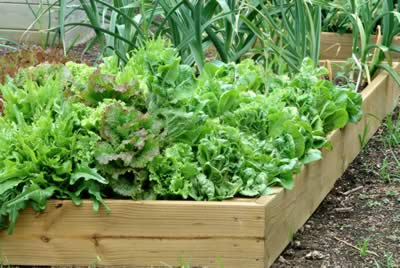
All this on a standard quarter acre lot in Cape Coral, with enough room for a large swing set and a small fish pond! It didn’t look like a prepper’s pad. It looked like a tropical plant nursery exploded, and it gave us a whole lot of food! Granted, not everywhere is Florida, but no matter where you live there are options for edible landscaping for a self sufficient lifestyle.
You can move your vegetable garden indoors, and the options in this area are many. Sprouting is great, the simple act of sprouting seeds and grains increases their nutritional value many-fold. Window gardens for herbs, both medicinal and culinary, can yield valuable crops virtually year-round. A self sufficient lifestyle doesn’t have to be expensive, sprouting kits and seed banks can be had for very little cost.
If you want to go all out, you can devote a spare room to hydroponic growing, which can provide bumper crops of fresh veggies. Hydroponics can be expensive to set up, but could prove to be well worth the investment.
Raising Livestock as Part of a self sufficient Living
You will also have a wide range of livestock options. On our spread, we favor goats. Goats can provide a 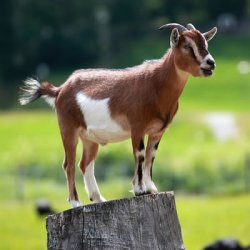 great source of dairy products, milk, cheese, yogurt, and even ice cream. They are a great source of meat as well.
great source of dairy products, milk, cheese, yogurt, and even ice cream. They are a great source of meat as well.
Goats also require less space than cows, and thrive on “poor” pasture. During last year’s drought I watched neighbors struggle to keep cows fed and watered while my goats did just fine eating dead weeds. They fit into our goal of a self sufficient lifestyle due to the variety of foodstuffs they produce.
If your land is right, however, cows are a fine option. I recommend smaller heritage breeds, such as highlands. These breeds are dual purpose, good for milk and meat, and produce a fine grade of grass-fed beef. All manner of poultry, rabbits, and fish ponds are viable options in a rural setting.
Livestock for the Suburbs – Backyard Chickens
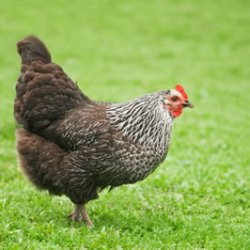
Livestock are challenging, but not out of the question in the burbs. Many cities now allow a small number of chickens to be kept in backyards.
Even a few chickens can provide a nice supplement of eggs. I recommend steering away from roosters if possible, roosters are anything but discreet, and “cock-a-doodle-doo” sounds like a dinner bell to a hungry person.
Self Sufficient Living – Rabbits for Suburban Spaces
Rabbits are easily kept, and can even be raised in a corner of the garage or in a small shed. Raising rabbits has a low cost set-up and a quick learning curve, plus they provide a healthy meat source.
Raising meat rabbits is one of the most space efficient means of grow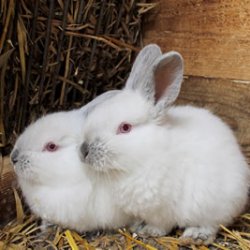 ing livestock for meat. Whether you live on a full blown many acre homestead, or on a town lot in the burbs, rabbits are a viable option in your self-sufficiency and survival planning. Learn more here.
ing livestock for meat. Whether you live on a full blown many acre homestead, or on a town lot in the burbs, rabbits are a viable option in your self-sufficiency and survival planning. Learn more here.
Self Sufficient Living – Install a Backyard Fish Farm
Don’t forget about aquaculture; instead of a koi pond have a tilapia pond. Tilapia can be grown in fairly high densities. In a well-designed pond of 1,000 gallons, you can easily grow several hundred pounds of nice fillets.
Raising fish for survival food has gained popularity in recent years as more people seek to provide a healthy 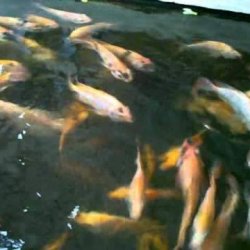 food source for their families. Due to the overwhelming evidence of chemicals and impurities in foreign raised fish, raising fish at home is a safer alternative than buying fish from the store.
food source for their families. Due to the overwhelming evidence of chemicals and impurities in foreign raised fish, raising fish at home is a safer alternative than buying fish from the store.
A few large aquariums in the house with breeding pairs can supply all the stock you need for grow out. A nice pond in the yard does not give the impression of prep. It just looks like a nice place to sit and relax for a while and will never arouse suspicion, even in the hungriest looter.
Learn more here.
Yes, Urbanites Can Build a self Sufficient Lifestyle
Urbanites will have the most difficult time establishing a self sufficient lifestyle, and the hardest time defending it in a crisis. But even here, you are not without options.
In addition to indoor growing strategies, as mentioned for suburb dwellers, there are an increasing number of community gardens in many municipalities.
Community gardens provide a great opportunity to grow some food and learn some skills. They are an awesome way get a measure of self-sufficiency, meet cool people, and establish a greater sense of community. Bear in mind, however, that these gardens are not a secure means of food production in an extended crisis.
Beekeeping as Part of an Urban Self Sufficient Lifestyle
Most livestock are out of the question for urbanites. Bees, believe it or not, are one potential option. Bees require little space and can even be kept on a balcony or roof top.
With a few commo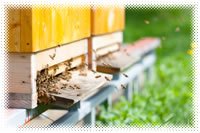 n-sense precautions bees are quite safe to have around, and they provide a bounty of very useful products. Besides honey, beekeeping yields beeswax for candles and soap, and propolis is a natural remedy for many ailments. (See our article Beekeeping for Homesteaders and Preppers to learn more)
n-sense precautions bees are quite safe to have around, and they provide a bounty of very useful products. Besides honey, beekeeping yields beeswax for candles and soap, and propolis is a natural remedy for many ailments. (See our article Beekeeping for Homesteaders and Preppers to learn more)
Small scale aquaculture is another option, and there are even multi-culture (poly-culture) systems that can be run in a small indoor space and combine fish with hydroponic vegetable production.
Network with Others Living a Self Sufficient Lifestyle
While there are many avenues to establish elements of Self Sufficient Living in urban settings, in a long term crisis the security concerns could well prove to be overwhelming. Urbanites, more so than all others, should have a fallback position if prepping is a part of their desire for self-sufficiency.
Establishing a network of friends in more secure locations is imperative. Farmers markets are a great place to meet people like this. Many small farms, particularly those near population centers, will be in need of additional manpower in the event of a worst case scenario. Now is the time to establish the relationships and learn the skills that will grant you entry when the time comes.
As I have said before, self-sufficiency is an ideal and a journey. You will never reach a state where you can meet all of your family’s needs without others, no matter where you live. Establishing a network of like-minded people is imperative. In the right company, the journey to Self Sufficient Living will be a joy and it is a journey well worth taking.
We love to hear about creative Self Sufficient Living projects – Share your ideas with us in the comments section!

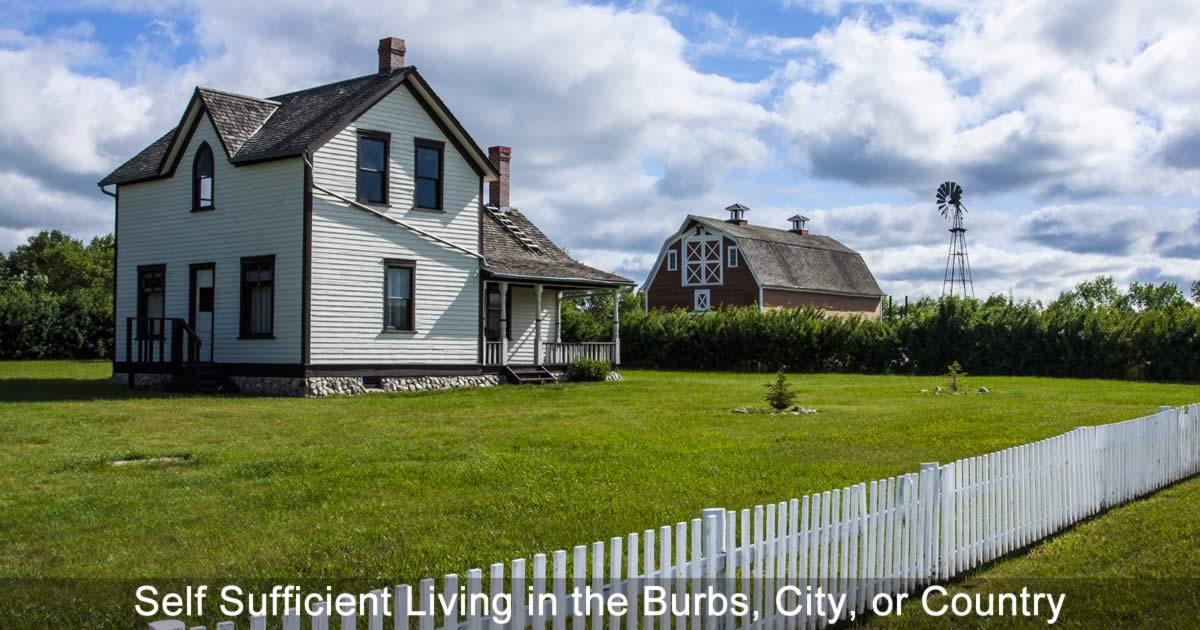
Leave a Reply